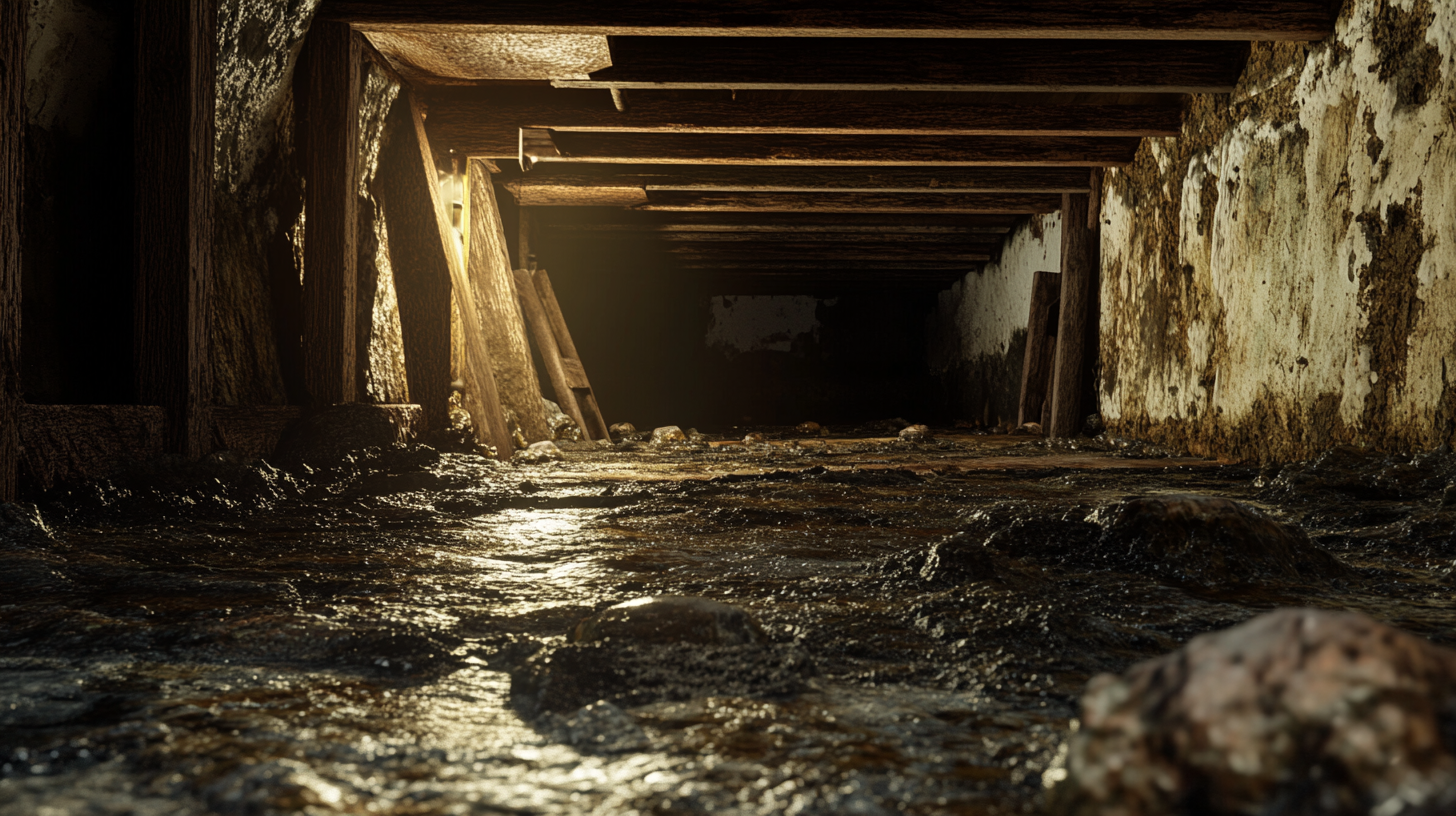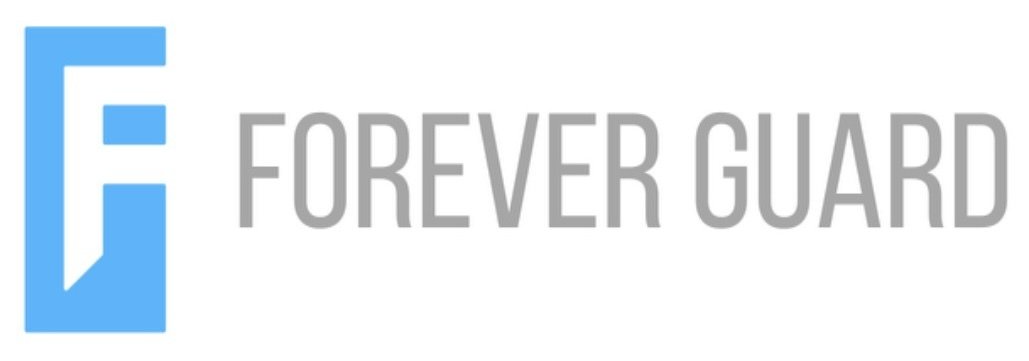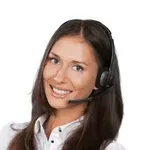Now IS THe Time To...

Crawl Space Services In Knoxville, TN
Stetson Howard: 865-432-6743
CRAWL SPACE ENCAPSULATION, REPAIR, WATERPROOFING & MOLD REMOVAL
No-Obligation, Free Inspections
No-Obligation Free Estimates
We Warranty All of Our Work
100% Satisfaction Guaranteed
In the intricate dance of modern home management, integrating new systems or upgrades—be it for water management, heating, or security—demands more than just a technical implementation. It requires a holistic approach, where understanding the nuances of integration can mean the difference between a harmonious enhancement and a disruptive addition to your home's ecosystem. This blog delves into the essential considerations for achieving a seamless and efficient integration of new systems into your home, ensuring that the process enhances your living space without introducing unnecessary complications.
At the heart of successful integration lies the careful planning and consideration of several key factors. From assessing the compatibility of new systems with existing infrastructure to understanding the impact on your home's functionality and aesthetics, each decision plays a pivotal role in the integration process. Furthermore, the importance of adhering to local building codes, ensuring energy efficiency, and maintaining the flexibility to adapt to future needs cannot be overstated.
As we explore these considerations, we aim to provide homeowners with a comprehensive guide to navigating the complexities of system integration. Whether you're installing a sump pump, upgrading your HVAC system, or integrating smart home technology, this blog will equip you with the knowledge and insights needed to make informed decisions. By focusing on seamless and efficient integration, you can enhance your home's functionality and comfort, ensuring that new additions work in harmony with your existing setup.
Join us as we uncover the key considerations for successful system integration, offering practical advice and strategies to help you navigate the process with confidence. Through careful planning, informed decision-making, and a focus on compatibility and efficiency, you can achieve a seamless integration that enriches your home environment and supports your lifestyle.
Understanding the Basics of Sump Pumps
The foundation of a dry, healthy basement lies not just in its construction but also in its ability to manage water effectively. At the heart of this water management system is the sump pump, a critical device designed to protect your home from the perils of water damage. This section introduces the basic concept and role of a sump pump in home water management and provides a quick overview of the different types of sump pumps available, helping homeowners make informed decisions about their water management strategies.
What is a Sump Pump?
Basic Definition and the Role of a Sump Pump in Home Water Management
A sump pump is a mechanical device installed in the lowest part of a basement or crawlspace, tasked with the crucial role of removing accumulated water and directing it away from the home's foundation. It is typically housed in a sump pit, where excess water from rain, groundwater, or melting snow collects. When the water level in the pit rises to a certain point, the sump pump activates, pumping the water out through a discharge pipe that leads it safely away from the home, thus preventing potential flooding and water damage.
Types of Sump Pumps
Quick Overview of Different Sump Pump Types (Submersible, Pedestal, Battery Backup)
Understanding the various types of sump pumps is essential for selecting the right system for your home:
- Submersible Sump Pumps: These pumps are designed to be fully submerged in water. They sit inside the sump pit, making them quieter and generally more powerful than other types. Their design allows for efficient water pumping and is ideal for homes that experience significant water accumulation.
- Pedestal Sump Pumps: Pedestal pumps feature a motor mounted above the sump pit, with only the pump extending into the water. This design keeps the motor dry, potentially extending its lifespan. Pedestal pumps are suitable for smaller pits and are easier to service but may be louder and less powerful than submersible models.
- Battery Backup Sump Pumps: Regardless of whether they are submersible or pedestal, many sump pumps can be equipped with a battery backup system. This is crucial for maintaining the pump's operation during power outages, ensuring continuous protection against water intrusion.
Planning for Sump Pump Integration
Integrating a sump pump into your home's water management system is a strategic decision that requires careful planning and consideration. It's not just about choosing the right sump pump but also understanding your home's specific needs and how the pump will work within the existing infrastructure. This section guides homeowners through the initial steps of assessing their water management needs and understanding their home's plumbing system, laying the groundwork for a seamless and efficient sump pump integration.
Assessing Your Home's Water Management Needs
Factors to Consider When Determining the Need for a Sump Pump
Before deciding on a sump pump installation, it's crucial to evaluate your home's vulnerability to water issues. Consider the following factors:
- Basement Flooding History: If your basement has experienced flooding in the past during heavy rains or snow melts, it's a clear indicator of the need for a sump pump.
- Water Table Level: Homes built in areas with high water tables are more susceptible to groundwater seeping into the basement. Understanding the water table level in your area can help determine the necessity and urgency of installing a sump pump.
- Existing Water Management Systems: Evaluate the effectiveness of your current water management solutions, such as gutters, downspouts, and grading. If these measures are insufficient to keep water away from your foundation, a sump pump may be required.
- Local Climate and Weather Patterns: Frequent storms or prolonged periods of rain increase the risk of basement water intrusion. Consider local weather conditions as part of your assessment.
Understanding Your Home's Plumbing System
Importance of Knowing the Layout and Components of Your Existing Plumbing System
A thorough understanding of your home's plumbing system is essential for integrating a sump pump effectively. Here's why:
- Proper Connection to Drainage: Knowing how your home's drainage system is laid out helps in determining the best location for the sump pump and ensuring it can be properly connected to expel water away from your property.
- Avoiding Plumbing Conflicts: Familiarity with your plumbing system allows you to identify potential conflicts or issues that may arise from integrating a sump pump, such as backflow problems or interference with existing pipes.
- Compliance with Local Regulations: Many localities have specific codes and regulations regarding sump pump installation, particularly concerning discharge points. Understanding your plumbing system aids in ensuring compliance with these regulations.
Key Steps in Sump Pump Integration
Successfully integrating a sump pump into your home's water management system involves careful planning and execution. Two critical steps in this process are choosing the right location for the sump pump and properly preparing the sump pit and installation area. These steps are foundational to ensuring that your sump pump operates efficiently, effectively managing water to protect your basement from flooding and moisture-related issues. This section provides homeowners with essential guidelines for selecting the optimal installation spot and preparing the area for sump pump installation.
Choosing the Right Location
Guidelines for Selecting the Optimal Spot for Sump Pump Installation in Relation to Your Plumbing System
The location of your sump pump is crucial for its performance and effectiveness. Consider the following guidelines when choosing the installation spot:
- Lowest Point: Install the sump pump at the lowest point of your basement or crawl space, where water naturally collects. This ensures maximum water collection and removal efficiency.
- Near a Power Source: The sump pump should be close to a GFCI (Ground Fault Circuit Interrupter) outlet to power the pump. Ensure the outlet is accessible and meets safety standards to prevent electrical hazards.
- Accessibility for Maintenance: Choose a location that allows easy access to the sump pump for regular maintenance, inspections, and repairs without obstructing daily activities.
- Consider Plumbing Layout: The chosen location should facilitate easy connection to the existing drainage system, allowing for efficient water discharge away from your home's foundation.
Preparing the Sump Pit and Installation Area
Instructions on Preparing the Area, Including Pit Dimensions and Lining
Proper preparation of the sump pit and installation area is essential for a smooth integration process:
- Sump Pit Dimensions: The standard sump pit is approximately 18 inches in diameter and 24 inches deep, but dimensions may vary based on your specific needs and the pump size. Ensure the pit is large enough to accommodate the sump pump and allow for optimal water collection.
- Digging the Pit: Carefully excavate the area where the sump pit will be located, following the recommended dimensions. Avoid damaging any existing plumbing or electrical lines during excavation.
- Lining the Pit: Line the pit with a durable plastic liner or basin specifically designed for sump pumps. This helps prevent soil from entering the pit and clogging the pump.
- Gravel Base: Place a layer of gravel at the bottom of the pit before installing the pump. This aids in water filtration and pump stability.
Connecting the Sump Pump to the Plumbing System
A crucial phase in sump pump integration involves establishing a secure and efficient connection to the home's plumbing system. This connection is vital for directing water away from the foundation and preventing basement flooding. The process includes two key components: the installation of the discharge pipe and the integration of a check valve. This section offers a step-by-step guide on how to properly connect the sump pump to the discharge pipe, ensuring optimal water routing, and highlights the importance of a check valve in maintaining system integrity by preventing backflow.
Discharge Pipe Installation
Step-by-Step Guide on Connecting the Sump Pump to the Discharge Pipe and Ensuring Proper Routing
To ensure that water is efficiently pumped out of your basement, follow these steps for discharge pipe installation:
- Measure and Cut: Measure the distance from the sump pump's discharge port to the exterior of your home, where the water will be expelled. Cut a PVC pipe to this length, accounting for any bends or angles.
- Attach to Pump: Secure one end of the PVC pipe to the sump pump's discharge port. Use PVC cement to ensure a watertight seal if required by your pump's design.
- Route the Pipe: Carefully route the pipe from the pump to the home's exterior. Avoid sharp bends or angles that could impede water flow. Support the pipe with brackets to ensure stability.
- Exterior Discharge: Ensure the pipe's exterior end directs water away from the foundation. Consider attaching a splash block or a flexible hose to further guide the water away from your home.
Check Valve Installation
Importance of a Check Valve in Preventing Backflow and How to Install It
A check valve is an essential component that prevents water from flowing back into the sump pit after being pumped out, ensuring the pump's efficiency and prolonging its lifespan:
- Select the Proper Valve: Choose a check valve compatible with the size and type of your discharge pipe. The valve should be specifically designed for sump pump applications.
- Position the Valve: Install the check valve close to the sump pump, typically within a few feet of the pump's discharge port. This placement helps prevent water from draining back into the pit.
- Secure the Valve: Follow the manufacturer's instructions to secure the check valve to the discharge pipe. This may involve using clamps or PVC cement to create a leak-proof connection.
- Test for Functionality: After installation, test the check valve by running the sump pump and observing the water flow. Ensure that the valve allows water to exit but prevents it from flowing back into the pit.
Ensuring Proper Drainage
A critical aspect of sump pump installation is ensuring that the water pumped out of your basement is discharged to a location where it won't cause harm or inconvenience to you, your property, or your neighbors. Proper drainage is not just about removing water from your basement; it's about responsibly managing where that water goes. This section provides homeowners with essential tips for selecting a safe and effective discharge location and underscores the importance of complying with local codes and regulations regarding water discharge.
Selecting the Discharge Location
Tips for Choosing a Safe and Effective Discharge Location Away from the Foundation
The discharge location is pivotal in the effectiveness of your sump pump system. Here are some tips to ensure you choose the best possible spot:
- Distance from the Foundation: Water should be discharged at least 20 feet away from your home's foundation to prevent it from seeping back into the soil around your home and potentially re-entering the basement.
- Downhill Slope: Ideally, the discharge point should be located downhill from your home, utilizing gravity to aid in water flow away from the property.
- Avoid Public Sidewalks and Neighbors' Properties: Ensure that the discharge point does not direct water onto sidewalks, driveways, or directly into neighbors' yards, as this can create ice in winter, erosion, or other issues.
- Consider Landscape and Gardens: Discharging water into a part of your yard that can benefit from additional moisture, such as a rain garden, can be an environmentally friendly solution.
Complying with Local Codes and Regulations
Importance of Adhering to Local Building Codes and Regulations Regarding Water Discharge
Adhering to local building codes and regulations is not just a legal requirement; it's a responsibility to your community and environment:
- Research Local Requirements: Building codes and water discharge regulations vary by location. Contact your local building department or municipal offices to understand the specific requirements for your area.
- Permits and Inspections: Some jurisdictions may require permits for sump pump installation or inspections of the system once installed. Ensuring your system meets local standards can prevent costly corrections later.
- Environmental Considerations: Some areas have regulations designed to protect local waterways and ecosystems from potential contamination. Following these guidelines helps preserve your local environment for future generations.
FAQs
Recent Blog Posts
Crawl Space News







